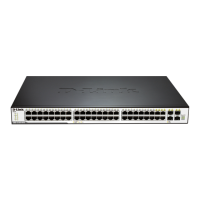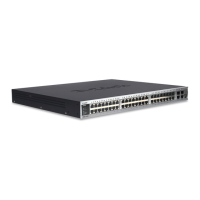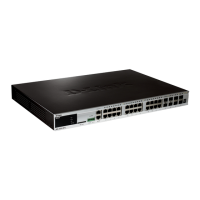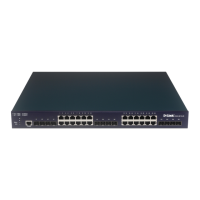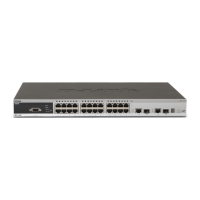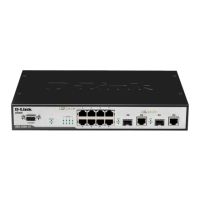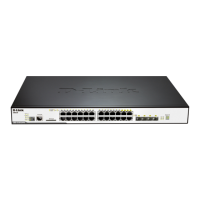Click the Apply button to accept the changes made.
DHCP Server (RI Mode Only)
DHCP, or Dynamic Host Configuration Protocol, allows the switch to delegate IP addresses, subnet masks, default
gateways and other IP parameters to devices that request this information. This occurs when a DHCP enabled
device is booted on or attached to the locally attached network. This device is known as the DHCP client and when
enabled, it will emit query messages on the network before any IP parameters are set. When the DHCP server
receives this request, it returns a response to the client, containing the previously mentioned IP information that the
DHCP client then utilizes and sets on its local configurations.
The user can configure many DHCP related parameters that it will utilize on its locally attached network, to control
and limit the IP settings of clients desiring an automatic IP configuration, such as the lease time of the allotted IP
address, the range of IP addresses that will be allowed in its DHCP pool, the ability to exclude various IP
addresses within the pool so as not to make identical entries on its network, or to assign the IP address of an
important device (such as a DNS server or the IP address of the default route) to another device on the network.
Users also have the ability to bind IP addresses within the DHCP pool to specific MAC addresses in order to keep
consistent the IP addresses of devices that may be important to the upkeep of the network that require a static IP
address.
DHCP Server Global Settings
This window is used to configure the DHCP server global parameters.
To view this window, click Network Application > DHCP > DHCP Server > DHCP Server Global Settings as
shown below:
Figure 9-11 DHCP Server Global Settings Window
The fields that can be configured are described below:
Parameter Description
Click the Apply button to accept the changes made for each individual section.
DHCP Server Exclude Address Settings
The DHCP server assumes that all IP addresses in a DHCP pool subnet are available for assigning to DHCP
clients. You must use this page to specify the IP address that the DHCP server should not assign to clients. This
command can be used multiple times in order to define multiple groups of excluded addresses.
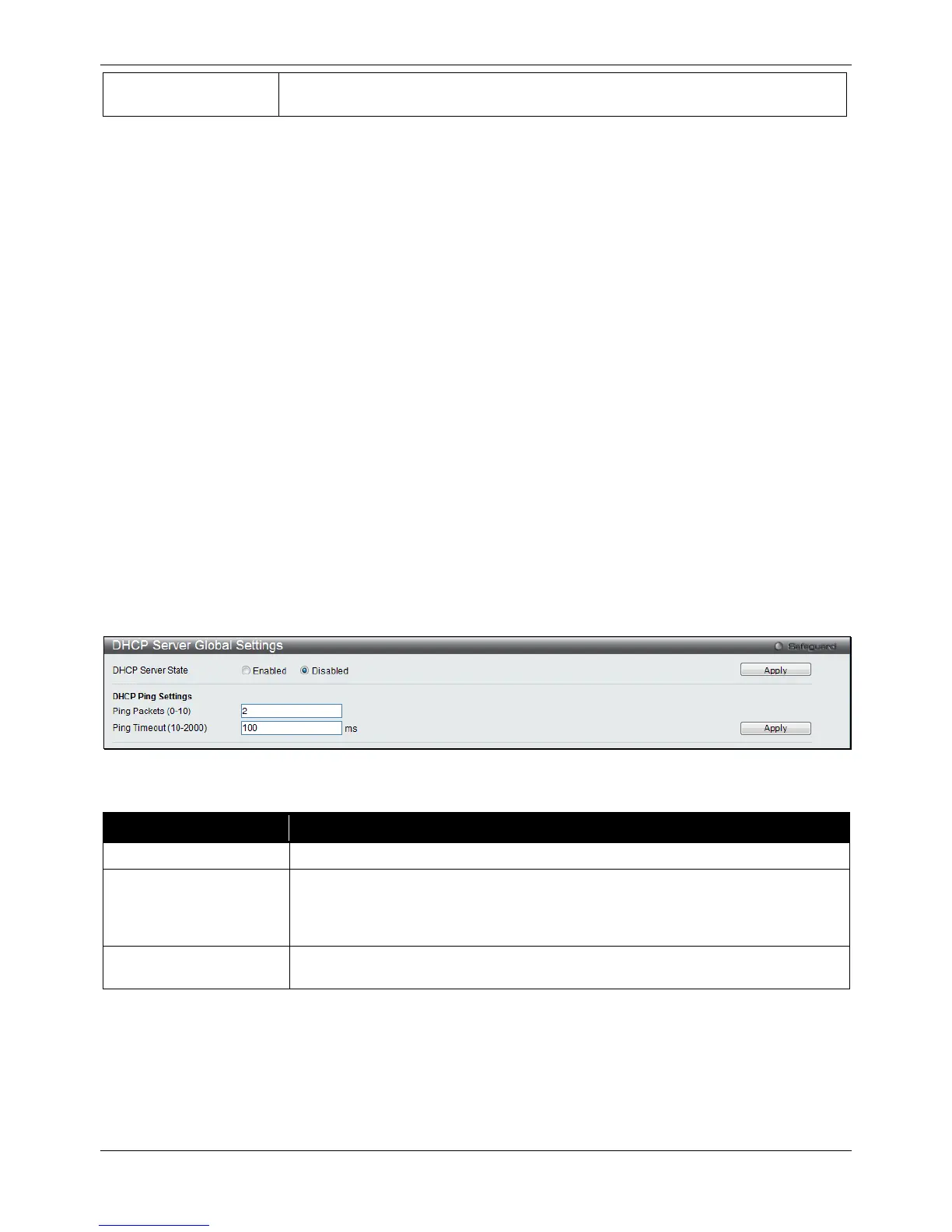